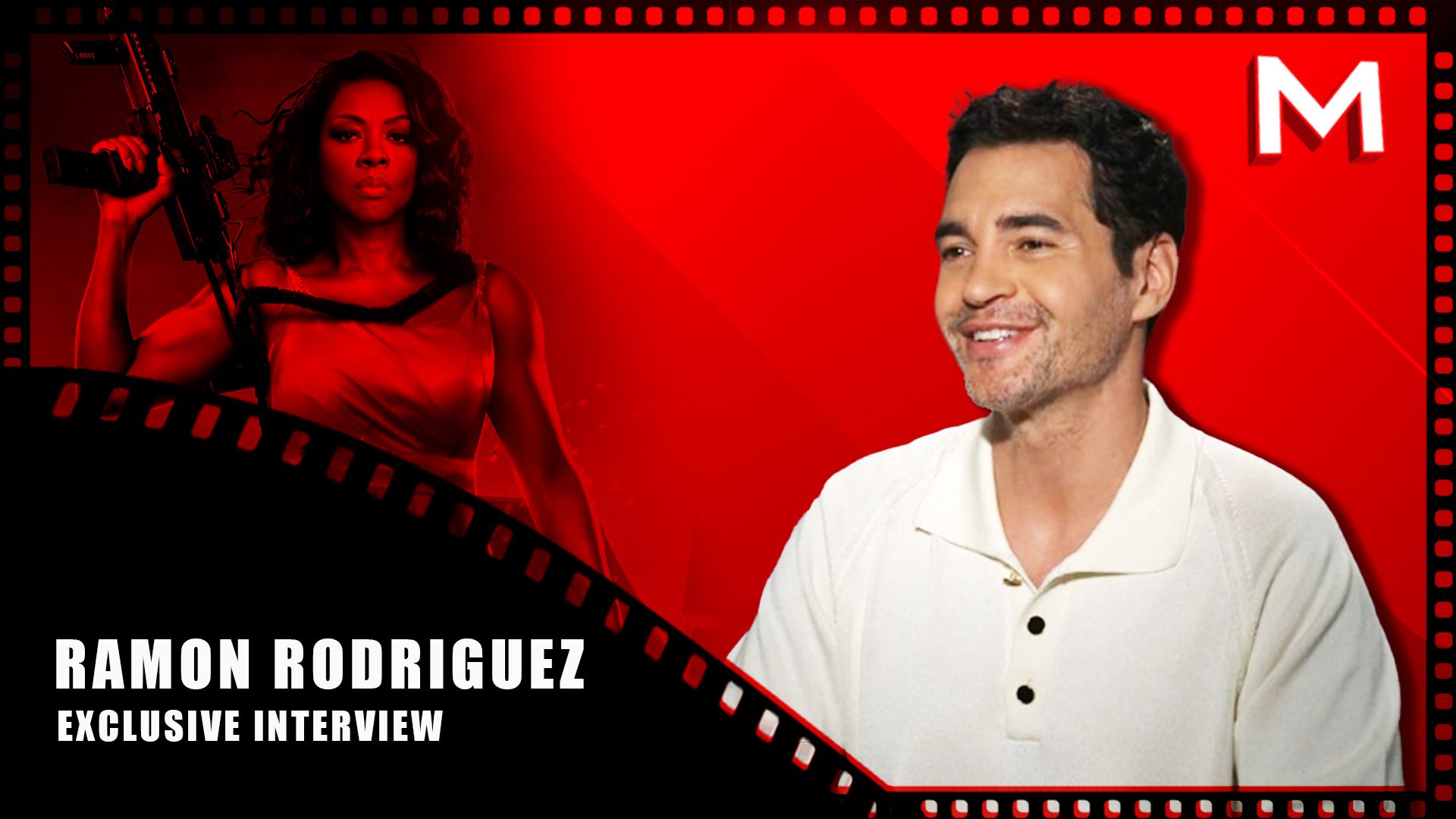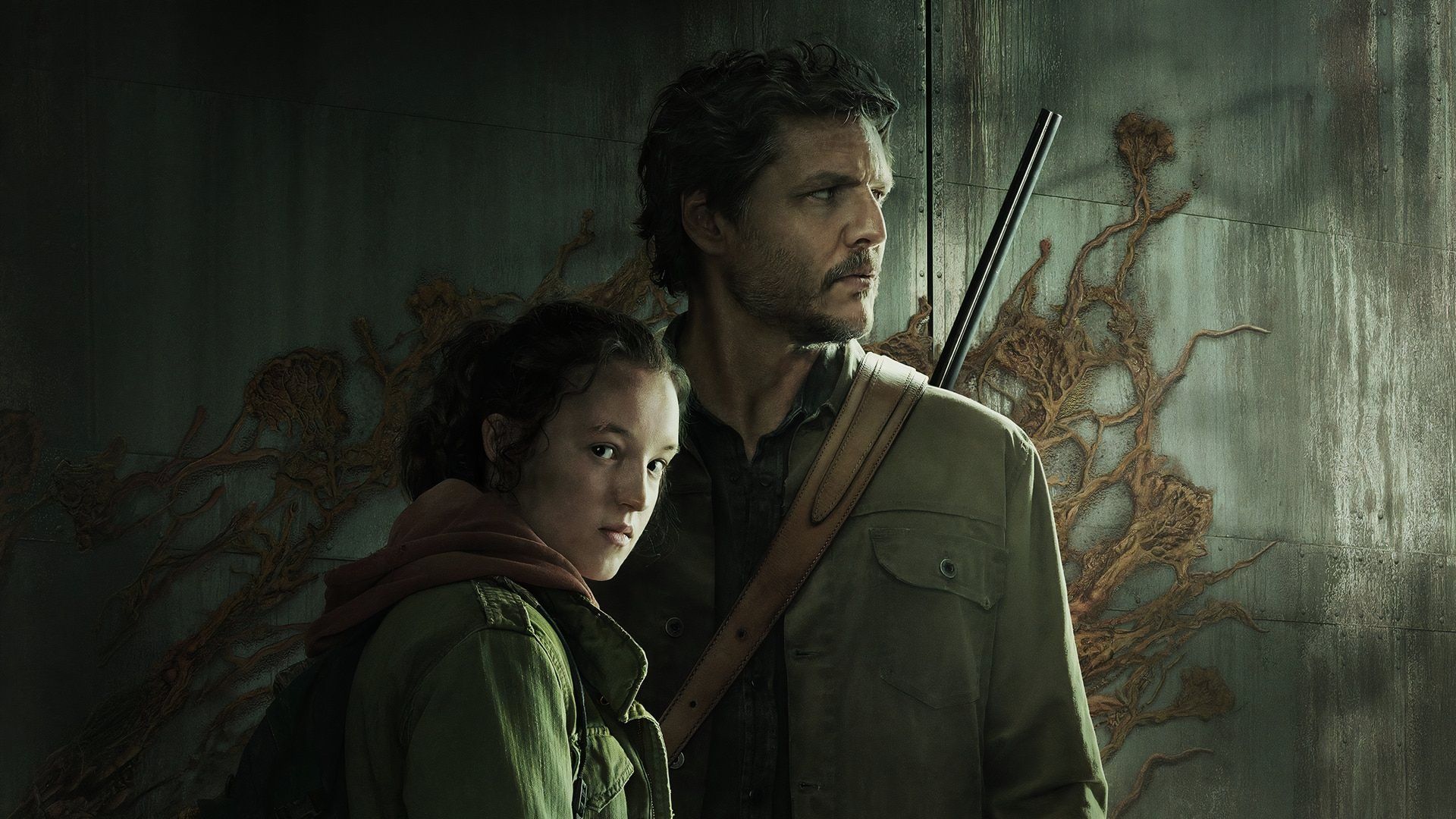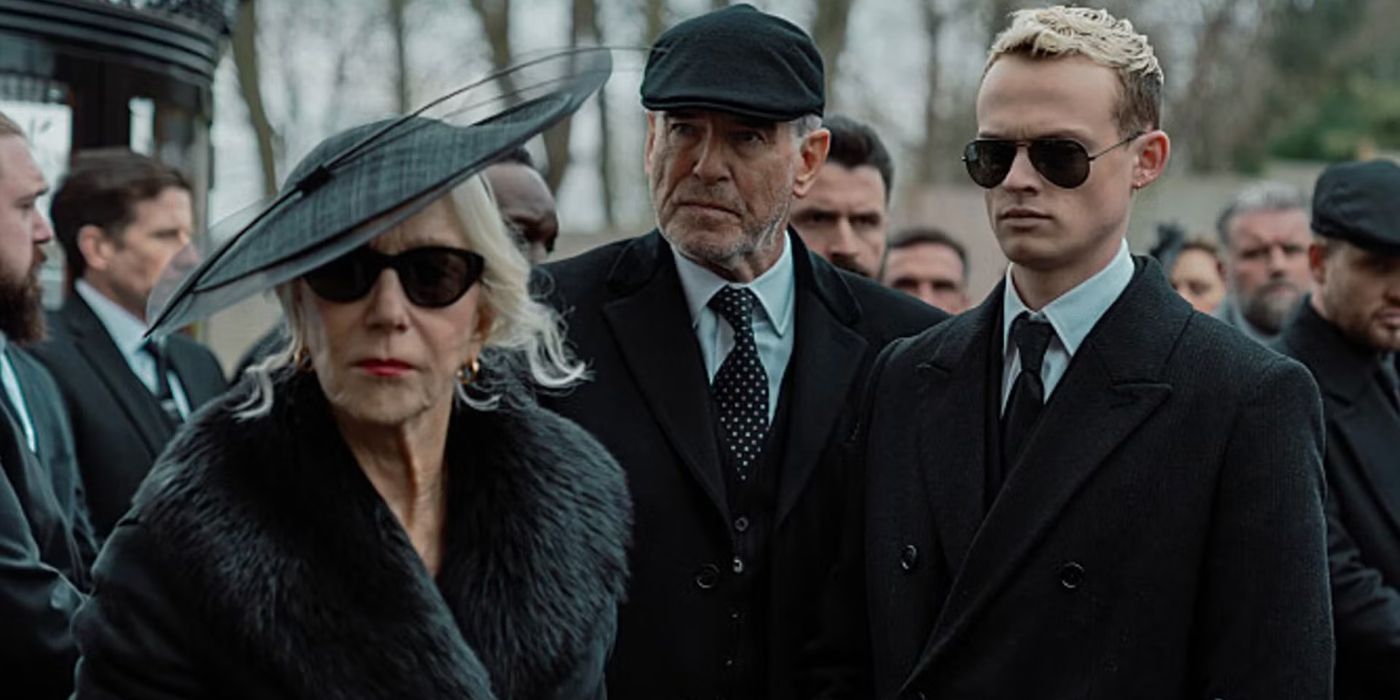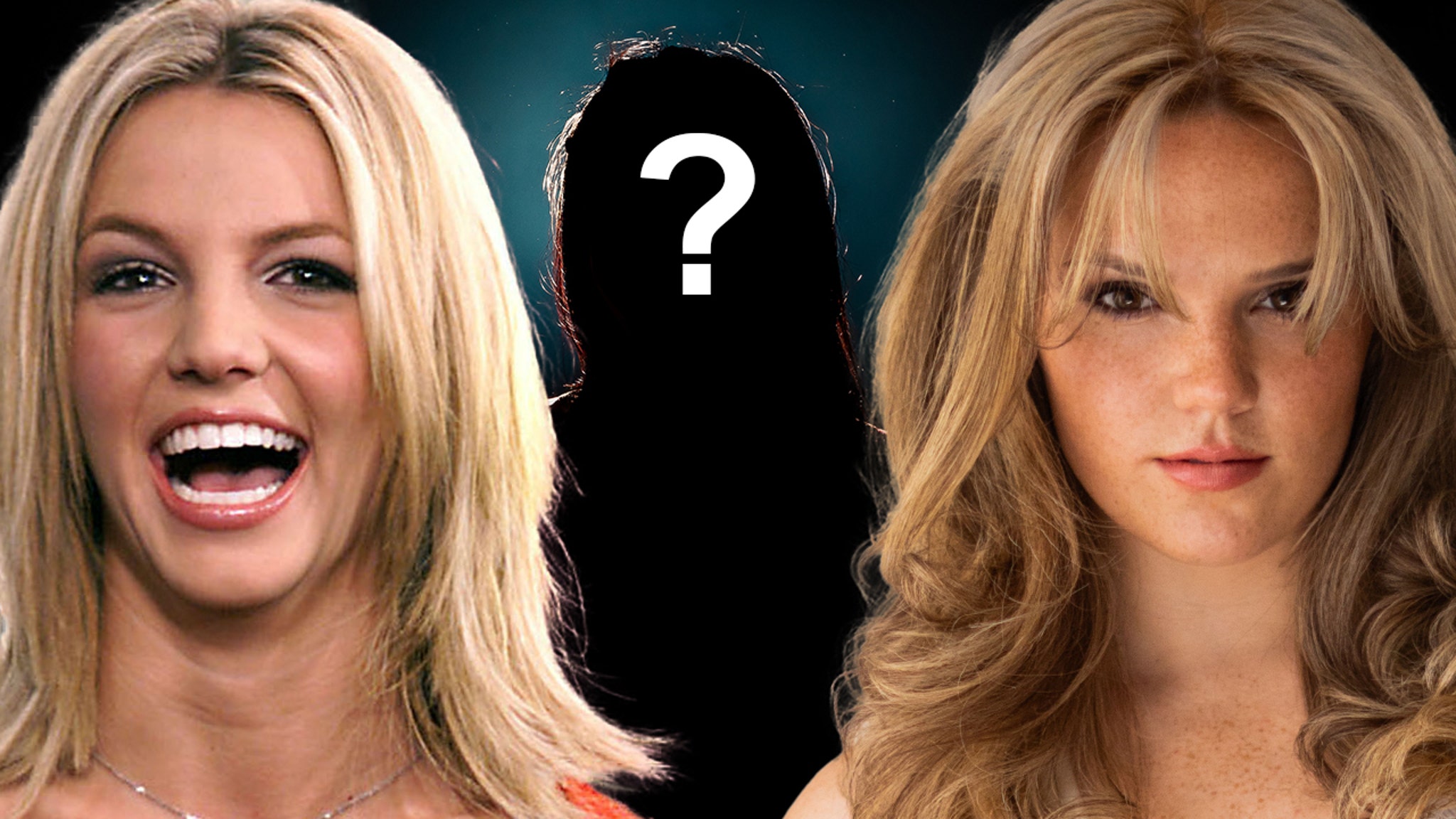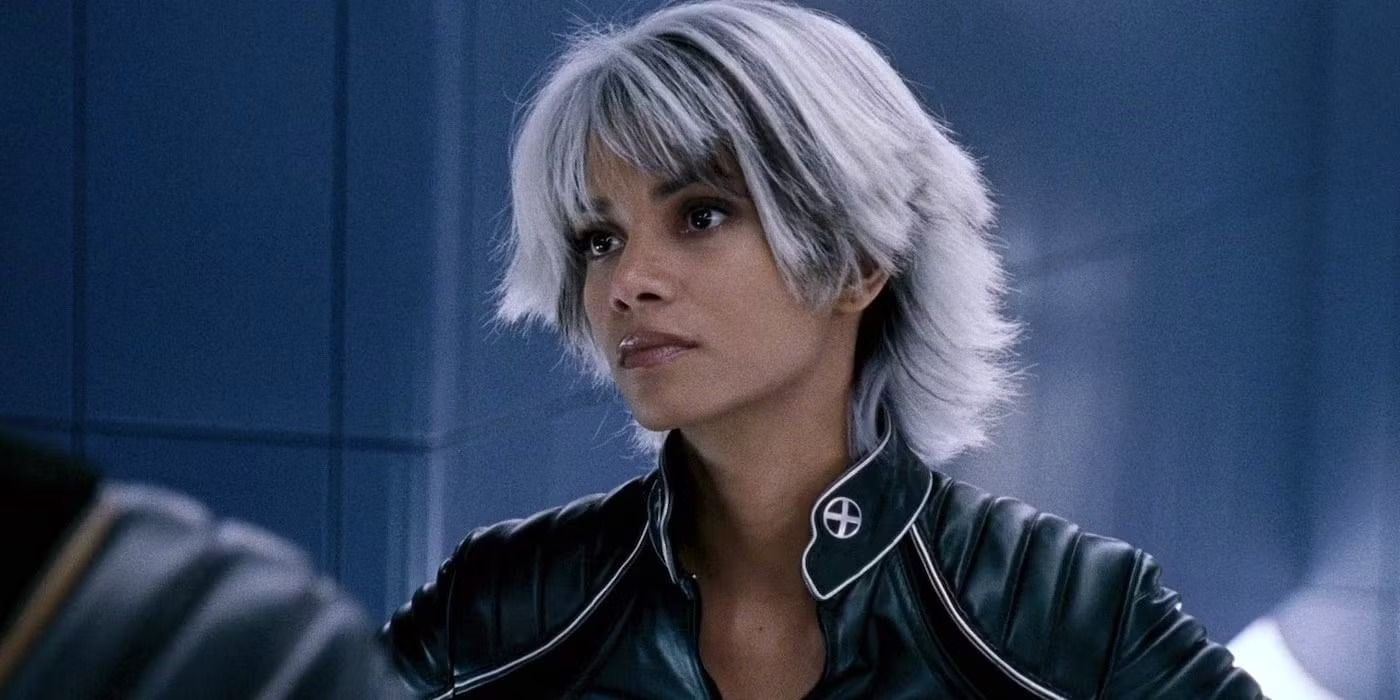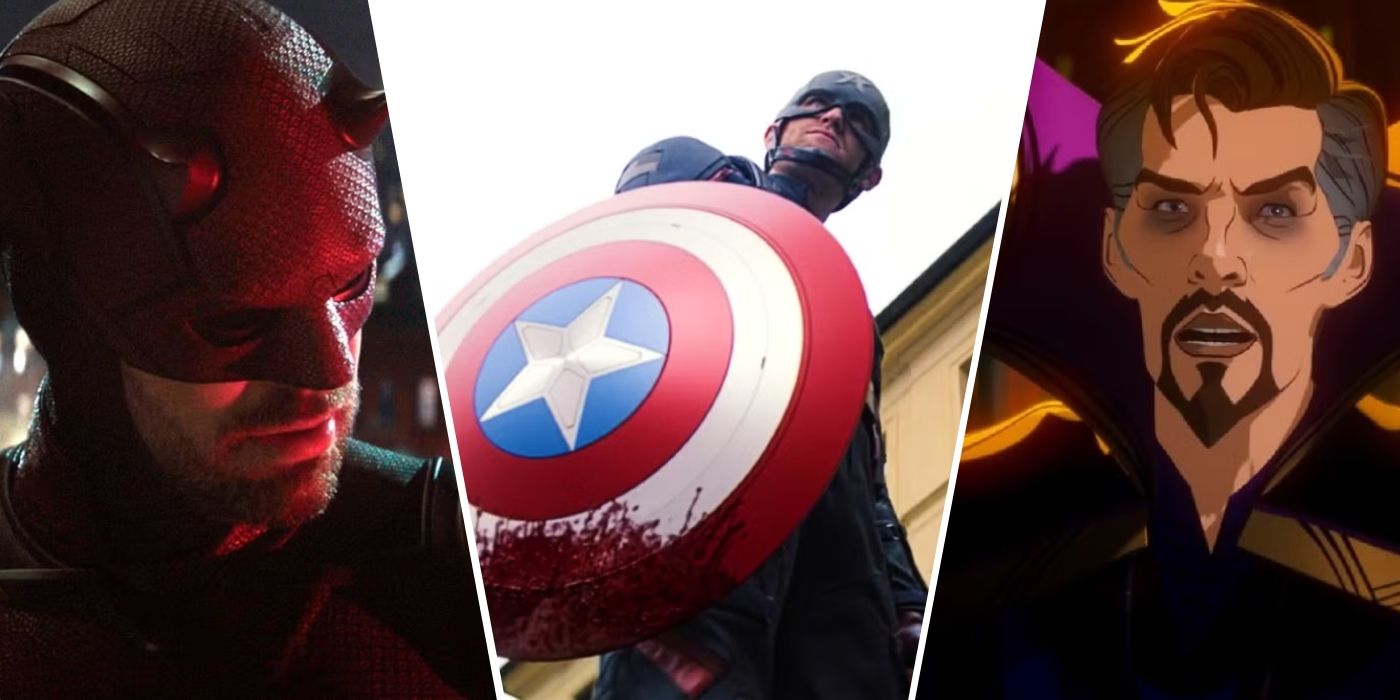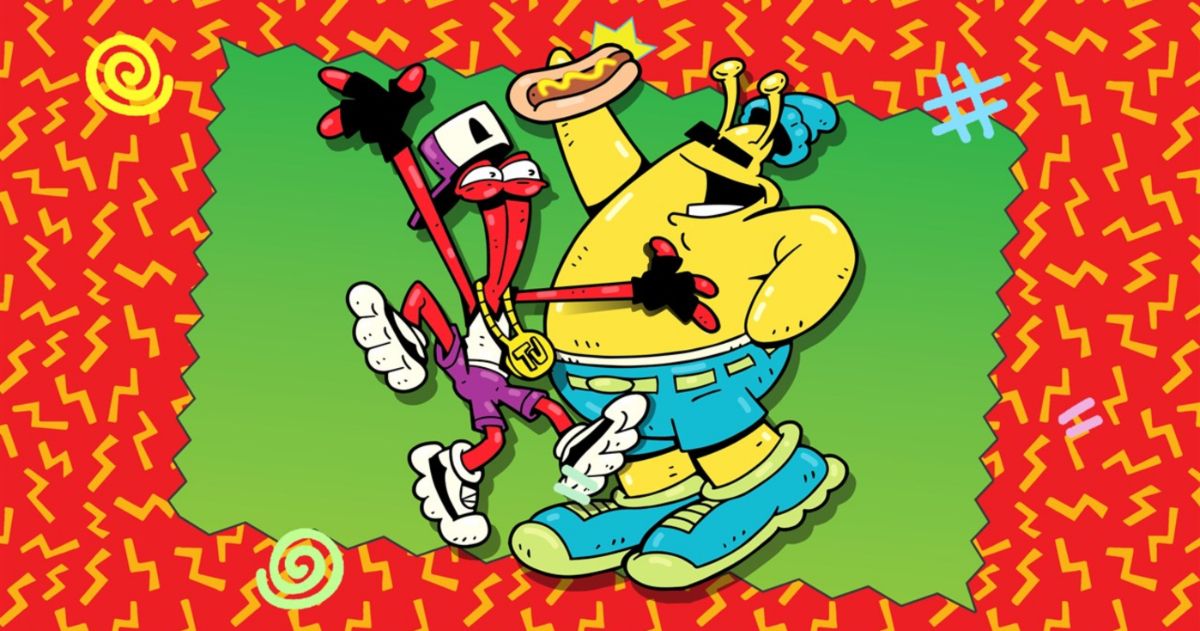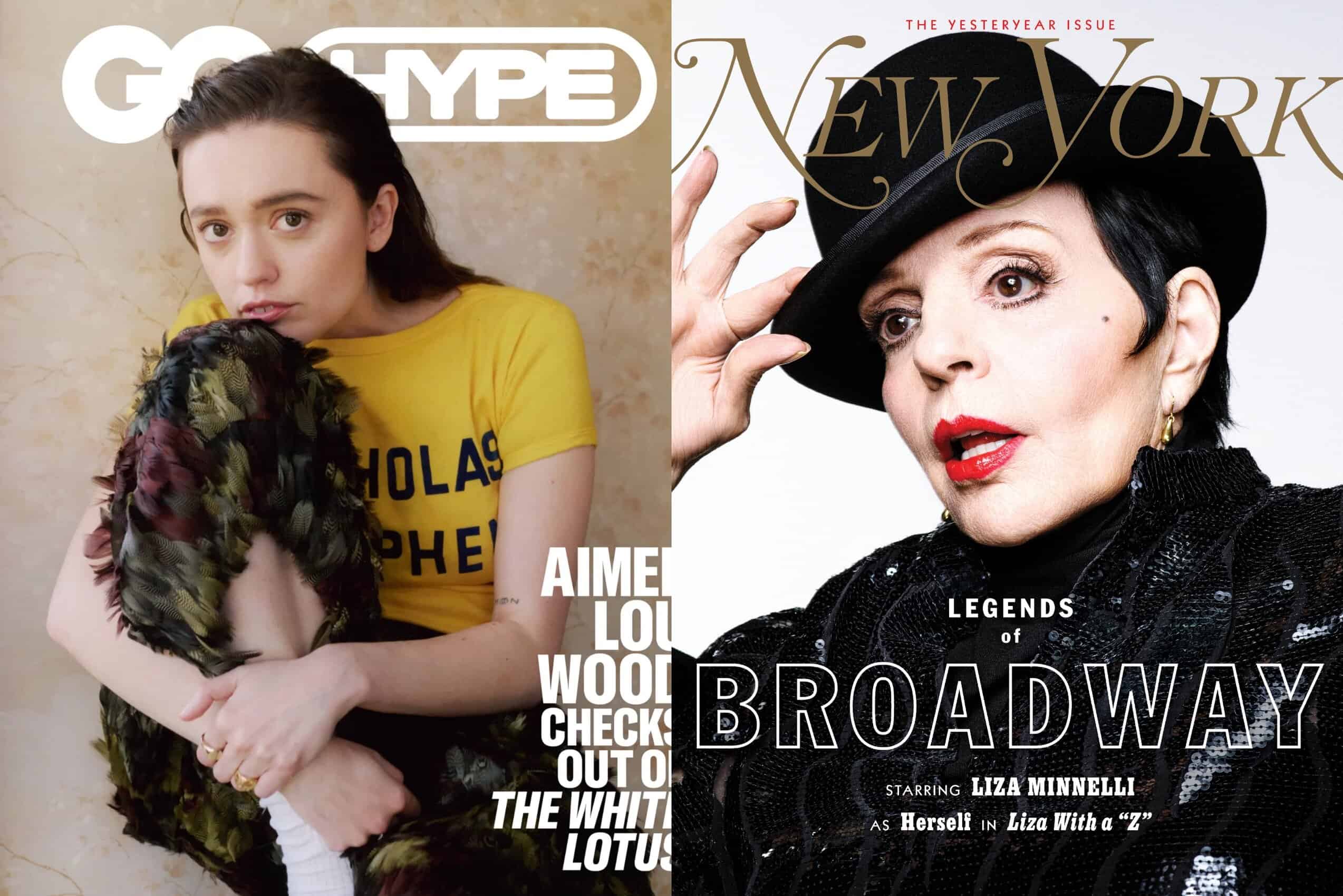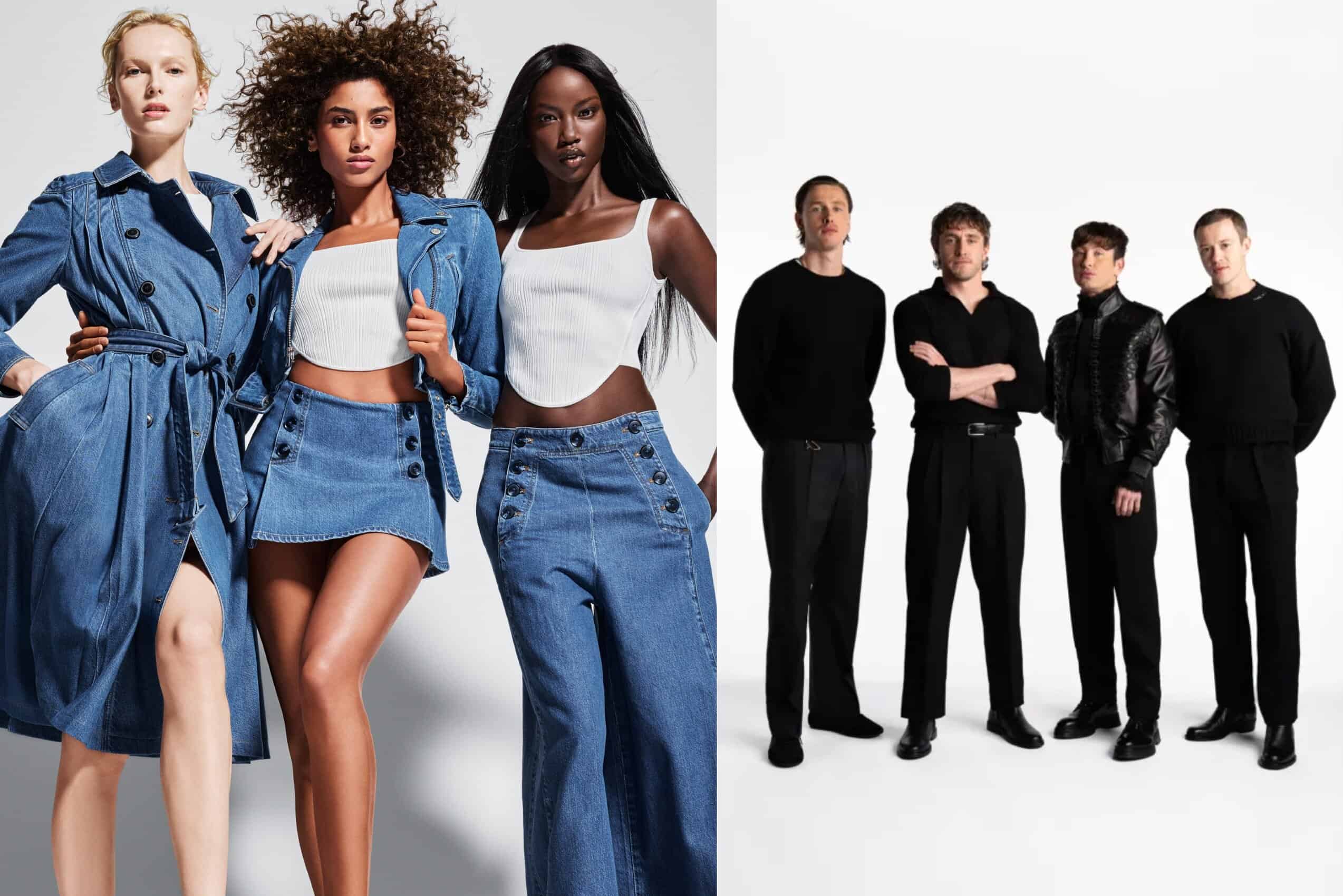It’s a lot, especially as Blair makes herself increasingly vulnerable and provides a window to her pain and fear through both the raw video diaries she shoots herself and the unvarnished moments she allows Fleit to capture. (The filmmaker has alopecia, an autoimmune condition that causes hair loss; both her sensitivity and sense of humor shine through in her documentary feature debut.) “Introducing, Selma Blair” is frequently a tough viewing experience, and it should be. What is the documentary form if not a mechanism to show us the truth of how others live? The honesty on display here is crucial, both for people who have no idea what multiple sclerosis is and for those who may be suffering themselves from the disease, in which the immune system attacks the protective covering of the nerves.
But whenever the film seems be on the verge of turning maudlin, Blair shifts the tone through some biting, self-deprecating quip that instantly lightens the mood. Her self-awareness, and her frequent willingness to laugh at herself in the saddest situations, cut the tension. When we first see her, she’s donning a turban and applying severe makeup to dress like Norma Desmond for an interview at her Studio City, California, home. She uses this flair for the dramatic to disarm us throughout. But what’s truly compelling—devastating, actually—is the transformation she allows us to witness as she sits in a cocoon-like red chair and describes her condition. A sweet, white terrier mix snoozes contentedly in her lap. At first, she cracks snappy jokes about the importance of walking with a stylish cane and speaks eloquently about how she hopes her illness will inspire her to become a better person in her late 40s. But the second her comfort dog hops off and scampers away, we can practically see the mask fall. It’s as someone flipped a switch. Suddenly her speech is halting and slurry. She’s twitchy and self-conscious. “Now the fatigue happens,” she strains to articulate. It’s painful for her and for us as viewers, but she wants us to see this, because this is her reality. Eventually, a whimper: “I don’t have anything more,” she concludes.
Just as illuminating are the moments she shares with her son, for whom she gives every bit of energy in her body to have an impromptu dance party or a game of dodgeball. When he tells her around age seven that he’s frightened of what she’ll look like without hair—because she must undergo agonizing chemotherapy in preparation for the stem-cell treatment—she makes the most inspired and terrifying mom move I’ve ever seen by handing him scissors and clippers and letting him trim it off himself. (My kid’s almost 12 and I wouldn’t let him anywhere near my head with a pair of scissors.) These moments may seem superficially uplifting, but they carry an undercurrent of melancholy—as is true so often throughout the film—because they so clearly reflect Blair’s intention to be a totally different kind of mom than the one she had. She’s candid about the darkness and rage she believes she inherited from her hypercritical mother, and to learn that she’s doubted herself all these years is heartbreaking.
You can view the original article HERE.
